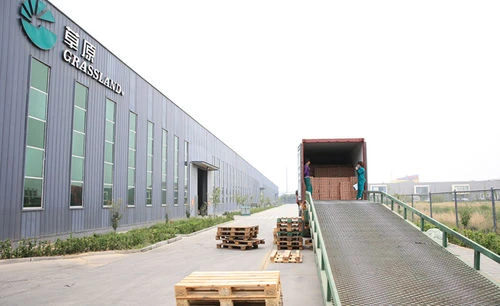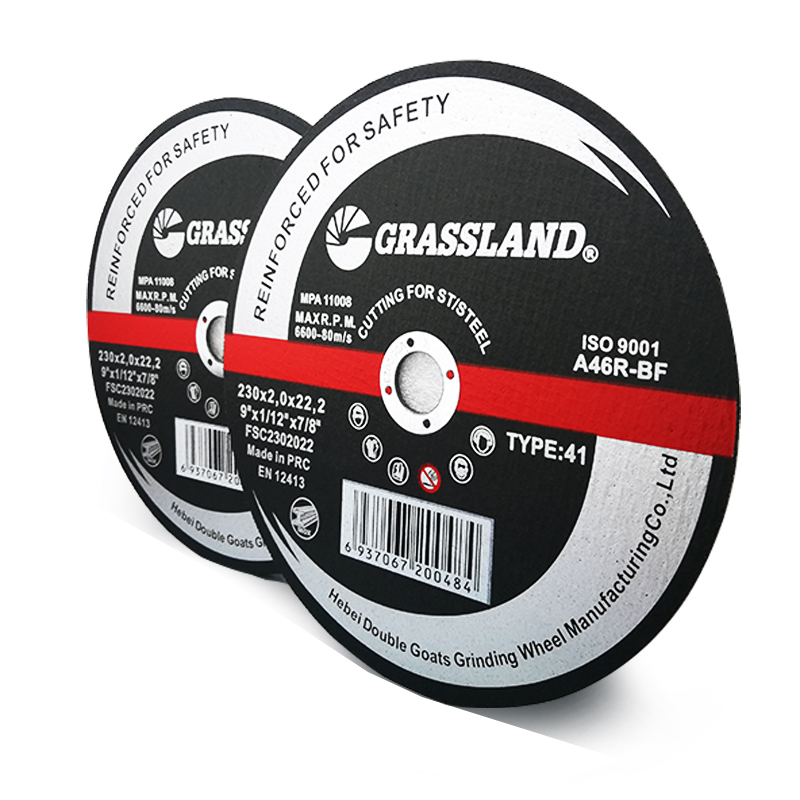Understanding the Difference Between T27 and T29 Flap Discs
Flap discs are essential tools in the world of metalworking and surface finishing. They have become increasingly popular due to their efficiency and versatility. Among the various types of flap discs available, T27 and T29 stand out for their unique characteristics and applications. Understanding the differences between these two types can significantly influence the outcome of your metalworking projects.
Shape and Design
The first notable difference between T27 and T29 flap discs is their shape and angle. T27 flap discs feature a flat configuration, enabling them to make contact with surfaces in a perpendicular manner. This flat design is ideal for applications involving surface preparation, such as grinding and finishing flat surfaces. In contrast, the T29 flap disc has a conical shape, angled usually at 15 to 30 degrees. This design allows for a more aggressive cutting action, making it suitable for contouring and working on irregular surfaces.
Application Versatility
In terms of application, T27 flap discs are primarily used for grinding and finishing operations on flat surfaces. They excel in tasks like deburring, rust removal, and preparing surfaces for painting or welding. When users need a consistent finish with minimal gouging, T27 discs are the preferred choice. On the other hand, T29 flap discs are well-suited for more demanding applications. Their angled design allows for greater pressure and cutting speed, making them an excellent choice for heavy-duty tasks such as weld removal and grinding on curved surfaces.
Material and Grit Selection
difference between t27 and t29 flap disc

Both T27 and T29 flap discs come in various materials and grit sizes, allowing users to select the appropriate disc for their specific tasks. Materials such as aluminum oxide, zirconia alumina, and ceramic are common in the construction of these discs. Aluminum oxide is generally ideal for steel and stainless steel, while zirconia alumina is better suited for heavier materials. Ceramic flap discs provide the most aggressive cutting action and durability, making them efficient for high-speed grinding tasks.
The grit size of a flap disc also influences its performance. Coarse grits (like 36 or 60) remove material quickly but may leave a rough finish, while finer grits (like 120 or 240) provide a smoother surface finish. Users can select the grit size that best meets their requirements based on the specific material and desired outcome.
Costs and Durability
When considering costs, T27 discs are typically less expensive than T29 discs due to their design and application scope. However, since T29 discs are designed for more aggressive applications, they often provide greater durability and longer life under heavy use, which may offset the initial price difference. Therefore, while T29 discs may have a higher upfront cost, their efficiency and longevity can make them more cost-effective in the long run, especially for industrial applications.
Conclusion
In summary, the choice between T27 and T29 flap discs ultimately depends on the specific requirements of a project. T27 flap discs are ideal for light-duty tasks, offering a flat design for a smoother finish on flat surfaces. Meanwhile, T29 flap discs are more suitable for aggressive grinding and can tackle complex surfaces efficiently due to their angled design. By understanding these differences, metalworking professionals can select the right type of flap disc for their needs, ensuring optimal results and increased productivity in their projects.
Post time:Dec - 23 - 2024

















